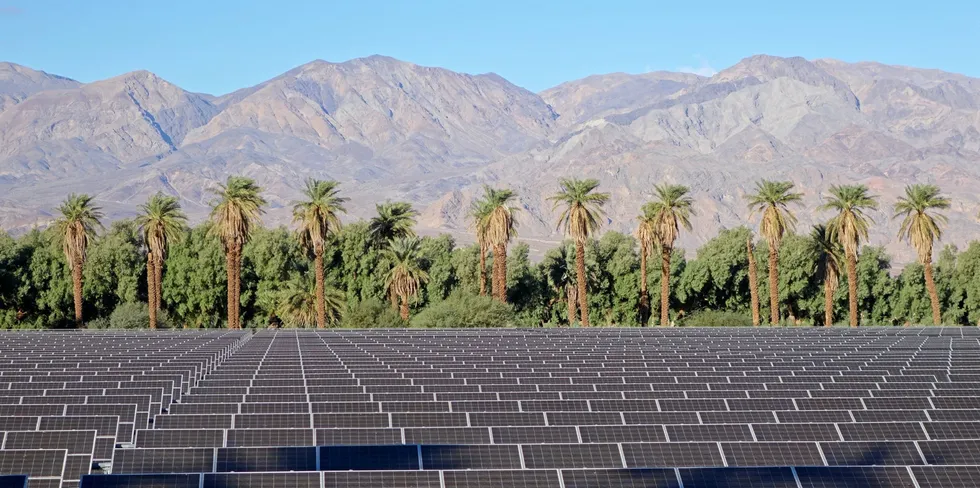Solar soars as renewables chip away at American power kingpin gas: EIA
Federal agency bullish on PV as wind faces slower 2023 on expiry of key federal tax credit

Federal agency bullish on PV as wind faces slower 2023 on expiry of key federal tax credit
